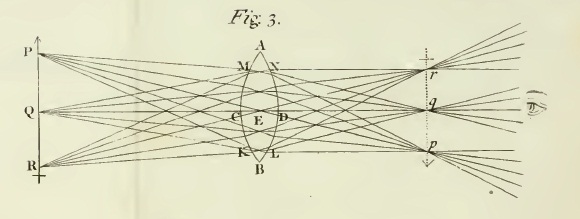
A model of Frank Ghery's planned Guggenheim Abu Dhabi.
By NICOLAI OUROUSSOFF
Published: March 16, 2011, New York Times
A group of more than 130 artists, including many prominent figures in the Middle Eastern art world, says it will boycott the $800 million Guggenheim museum being built in Abu Dhabi, the capital of the United Arab Emirates, unless conditions for the foreign laborers at the site are improved.
The new Guggenheim, designed by Frank Gehry, is one of the highest-profile construction projects in the Middle East. It is to be the centerpiece of a sprawling development called Saadiyat Island that includes a half-billion-dollar branch of the Louvre Museum designed by Jean Nouvel, a national museum designed by Norman Foster, luxury resorts, golf clubs, marinas and acres of private villas.
The artists’ group says it is responding to a range of abuses that have been reported on the island, including the failure of contractors to repay recruitment fees — which can lead to crippling debt for laborers — hazardous working conditions and the arbitrary withholding of wages. Such problems are not uncommon in a region where almost all low-skilled jobs are performed by foreign workers with few legal rights.
“Artists should not be asked to exhibit their work in buildings built on the backs of exploited workers,” Walid Raad, a Lebanese-born New York artist who is one of the boycott’s organizers, said in a statement. “Those working with bricks and mortar deserve the same kind of respect as those working with cameras and brushes.”
The artists say that until their demands are met, they will refuse to participate in museum events or to sell their works to the museum.
The threatened boycott comes at a particular tricky time for the Solomon R. Guggenheim Foundation and Museum in New York, which is trying to build a collection virtually from scratch to fill tens of thousands of square feet of gallery space before the Abu Dhabi museum’s scheduled opening in 2015. A large part of the museum is intended to focus on contemporary Middle Eastern art, and if well-known artists in the group like Shirin Neshat, Mona Hatoum, Akram Zaatari, Yto Barrada and Kader Attia refuse to be involved, it could open with an embarrassingly thin Middle Eastern collection.
Speaking by phone from Dubai, where he is attending an art fair, Richard Armstrong, the director of the Guggenheim Foundation and Museum, said, “I’ve been to the workers’ village, and the accommodations in themselves are peerless.” He was referring to a complex on Saadiyat housing the majority of the island’s roughly 15,300 laborers.
He added that the Tourism Development and Investment Company, the government-run agency that is developing the site and the rest of the island, recently announced that it would appoint a monitor to oversee labor practices there. “We have a good relationship with T.D.I.C. and are working together in good faith on these issues,” he said.
The first concerns over labor conditions at Saadiyat Island were raised in a report by Human Rights Watch, an advocacy group, in 2009. It said that laborers hoping to work in the Emirates pay fees to recruiters in their home countries of up to several thousand dollars, which can take years to pay back and put them in serious debt before they even start their jobs. Once they arrive, the report said, contractors have complete control over their welfare, often taking their passports and leaving them nowhere to turn when wages go unpaid. Some workers on Saadiyat said that companies threatened to fine them if they tried to quit.
In June 2010 Mr. Raad and Emily Jacir, a Palestinian artist who lives part time in New York, approached Mr. Armstrong and Nancy Spector, the museum’s chief curator, to discuss conditions on Saadiyat Island. During a second meeting, the artists asked the Guggenheim to pressure the government to force employers to reimburse workers for recruitment fees and to appoint an independent monitor to ensure that international labor standards would be met during the museum’s construction.
Mr. Armstrong said that the Guggenheim has been working with the development agency to address these issues, and last week the agency announced that it was strengthening regulations to make contractors reimburse recruitment fees, and that it was appointing an outside monitor to address workers’ complaints.
But Human Rights Watch, which has been cooperating with the artists’ group, said that the monitor would only track compliance with Emirates law and the agency’s employment practices policy, which don’t meet stricter international labor and human rights standards.
“They’re paying lip service to some of the issues,” Mr. Raad said by phone from the Emirates. “But it’s been more ceremonial than actual.”
The artists said they had to act now because it is a moment when they still had leverage.
“They are just beginning construction on the museum and trying to build a collection at the same time,” Mr. Raad said. “They need the artists’ participation.”

No hay comentarios:
Publicar un comentario